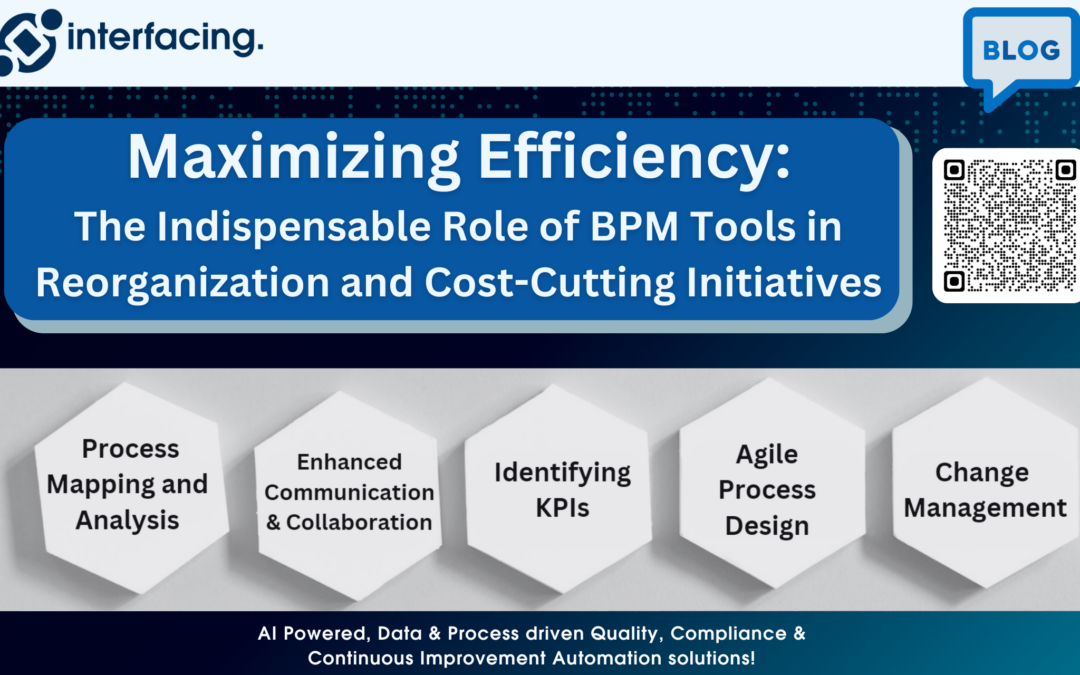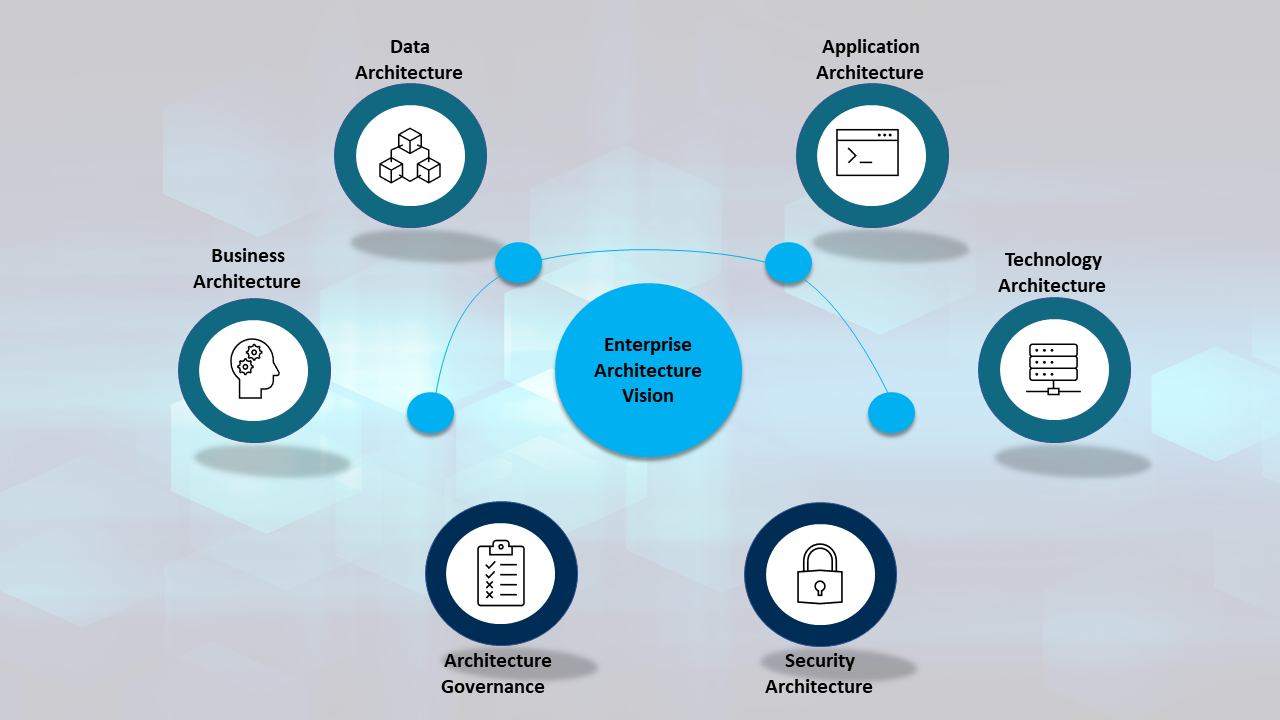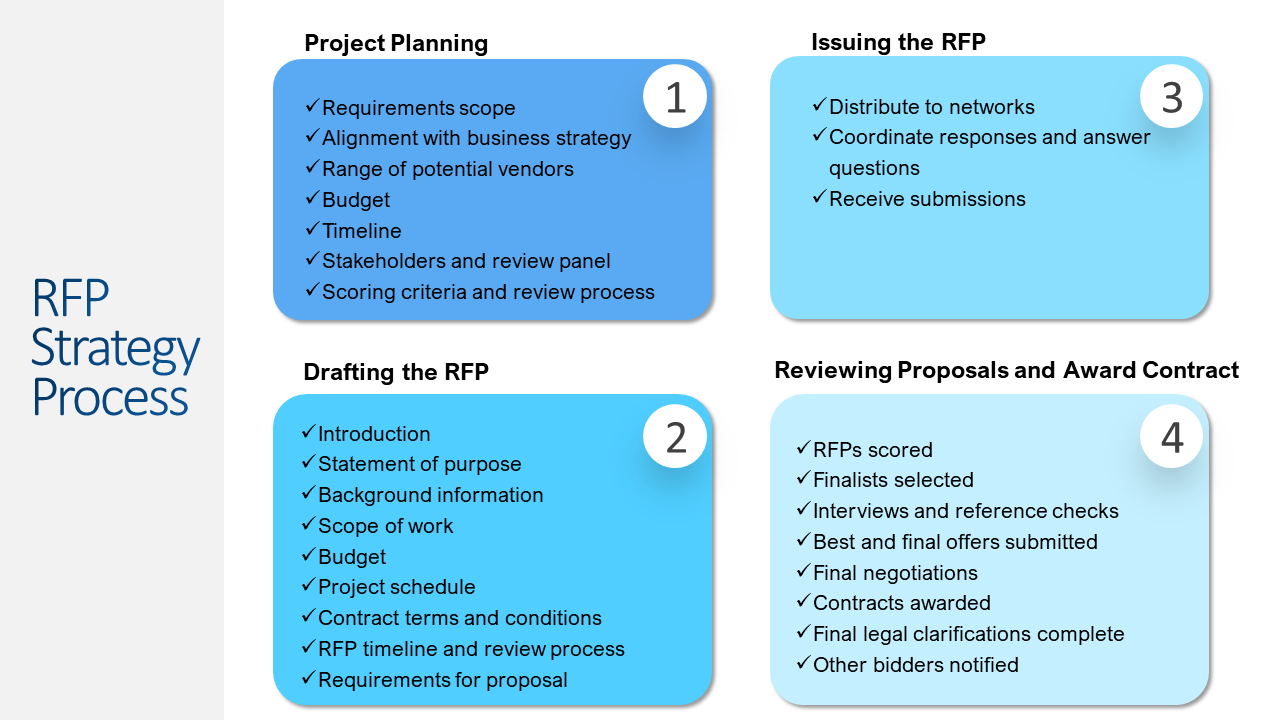Maximizing Efficiency:
The Indispensable Role of BPM Tools in Reorganization and Cost-Cutting Initiatives
Summary: In the dynamic landscape of business, change is the only constant. Companies often find themselves in the throes of reorganization and cost-cutting activities to stay competitive and agile. In such times, the strategic deployment of Business Process Management (BPM) tools emerges as a linchpin for success.
Understanding the Dynamics of Reorganization and Cost-Cutting
Before delving into the value of BPM tools, let’s unpack the dynamics of reorganization and cost-cutting within a business framework.
Reorganization is a multifaceted process that involves restructuring of departments, realigning teams, and sometimes even altering the core business functions. This could be prompted by shifts in market demands, technological advancements, or the need to streamline operations for better efficiency.
Cost-cutting, on the other hand, is a tactical move aimed at reducing expenditures without compromising on productivity and quality. It involves scrutinizing budgets, identifying redundant processes, and optimizing resource allocation.
Both reorganization and cost-cutting activities demand a keen understanding of existing workflows, communication channels, and overall business processes. This is where BPM tools prove their mettle.
The Strategic Role of BPM Tools in Reorganization
1: Process Mapping and Analysis:
BPM tools facilitate comprehensive process mapping and analysis, providing a clear visualization of existing workflows. During reorganization, this is invaluable as it allows stakeholders to identify bottlenecks, redundancies, and areas for improvement.
2: Identifying Key Performance Indicators (KPIs):
Successful reorganization requires measurable outcomes. BPM tools help in defining and tracking KPIs, ensuring that every change made aligns with strategic objectives. This data-driven approach ensures that decisions are grounded in performance metrics rather than subjective assessments.
3: Enhanced Communication and Collaboration:
Reorganization often involves restructuring teams and realigning responsibilities. BPM tools offer collaboration features that streamline communication, even across dispersed teams. This ensures that everyone is on the same page, mitigating resistance to change and fostering a collaborative work environment.
4: Agile Process Design:
BPM tools enable agile process design, allowing organizations to adapt quickly to changing circumstances. When reorganizing, the ability to modify workflows on-the-fly ensures that the business remains responsive to evolving market dynamics.
5: Change Management:
Reorganization is not just about altering structures; it’s about managing change effectively. BPM tools come equipped with change management functionalities, helping organizations navigate transitions smoothly by providing insights into how changes impact processes and people.
The Crucial Role of BPM Tools in Cost-Cutting Initiatives
Identifying Redundant Processes:
Cost-cutting initiatives necessitate a granular understanding of processes to identify redundancies. BPM tools offer a systematic approach to process analysis, revealing inefficiencies that can be eliminated without compromising overall productivity.
Resource Optimization:
BPM tools provide a holistic view of resource allocation and utilization. This allows businesses to optimize their workforce and assets, ensuring that every resource is deployed efficiently. This, in turn, contributes directly to cost savings.
Automation for Efficiency:
Automation is a key component of cost-cutting strategies. BPM tools empower organizations to automate repetitive tasks, reducing the dependency on manual interventions. This not only improves efficiency but also minimizes the likelihood of errors.
Budget Monitoring and Control:
Effective cost-cutting requires vigilant budget monitoring. BPM tools come equipped with features that enable real-time tracking of expenses and resource usage. This real-time visibility empowers decision-makers to make informed choices that align with financial goals.
Risk Mitigation:
Cost-cutting measures inherently come with risks. BPM tools offer risk management capabilities, allowing organizations to anticipate and mitigate potential risks associated with changes in processes or resource allocation.
Case Study: Leveraging BPM Tools for Success
Let’s consider a hypothetical scenario of a medium-sized manufacturing company undergoing reorganization and cost-cutting initiatives.
Utilizing BPM tools, the company identified inefficiencies in their supply chain processes. Through process mapping and analysis, they discovered redundant steps that were contributing to delays and increased costs. By restructuring these processes and leveraging automation through BPM tools, the company achieved a significant reduction in lead times and operational costs.
Furthermore, the organization used BPM tools to streamline communication during the restructuring phase. This ensured that employees were well-informed about changes and had a platform for providing feedback. The result was a smoother transition with minimal disruptions to day-to-day operations.
Conclusion: The Ongoing Value of BPM Tools
In the ever-evolving landscape of business, reorganization and cost-cutting initiatives are not isolated events but ongoing processes. BPM tools provide ongoing value by offering a robust framework for continuous improvement.
By leveraging BPM tools strategically, organizations can foster adaptability, streamline processes, and achieve sustainable cost savings. The key lies in viewing BPM not merely as a tool for a specific project but as an integral part of the organizational culture—one that promotes agility, efficiency, and innovation.
In conclusion, the value of BPM tools in support of reorganization and cost-cutting activities cannot be overstated. They serve as the backbone for strategic decision-making, process optimization, and sustained business excellence in times of change. As businesses navigate the complexities of today’s markets, embracing BPM tools is not just a choice; it’s a necessity for success.
Why Interfacing?
Interfacing’s Enterprise Process Center® (EPC) provides you with powerful BPM Tools tool to support your processes by helping you manage your underlying business process management strateg. This will make workflows easier and more productive throughout your organization.
Enterprise Process Center® gives your company the ability to automatically and continuously monitor and manage your BPM initiatives. Implementing controls associated with processes and tasks also ensures that compliance requirements are followed, while automatic tracking and documentation of all process changes gives management complete oversight.
If you would like to see more or discuss how Interfacing can help your organization, be sure to click below.
Contact us more for information.
Enterprise Architecture Services
Professionals at Interfacing can help you and your organization implement the right Enterprise Architecture for your industry and business.
Business Architecture Services
Interfacing can help your organization design and implement the right Business Architecture strategy and design for your organization’s architecture practice.
RFP Strategy Development
Interfacing Consultants have extensive experience with:
- Conducting RFPs and responding to RFPs.
- Identifying and defining the scope of key projects,
- Identifying business requirements and selection criteria
Read Our Blogs
Take a moment to read blogs about GXP, Regulatory Compliance, today’s trends, and much much more!
Discover how your organization benefits from an Interfacing solution.
A key differentiator of Interfacing to other digital and business transformation consulting firms is that Interfacing offers its own innovative technology solution in support of transformation programs. Interfacing’s software solutions deliver the transparency required to reduce complexity, improve execution and facilitates agility and change.
Interfacing’s integrated management system is a one-stop-shop for managing transformation programs. We know it’s a very competitive environment out there. It is for that reason our strength is in our commitment to maintain flexibility throughout the project lifecycle whether it is in our innovative products or in our team of experts.
Try It Now For Free!
Document, improve, standardize, and monitor your business processes, risks and performance with Interfacing’s Business Process Management Software (BPM Software) the Enterprise Process Center®!





